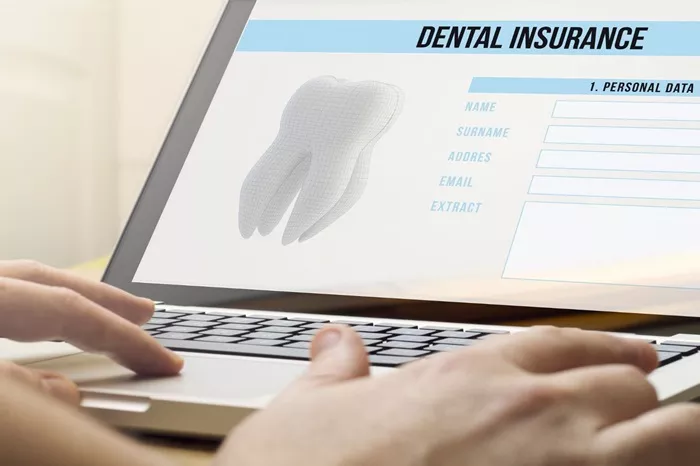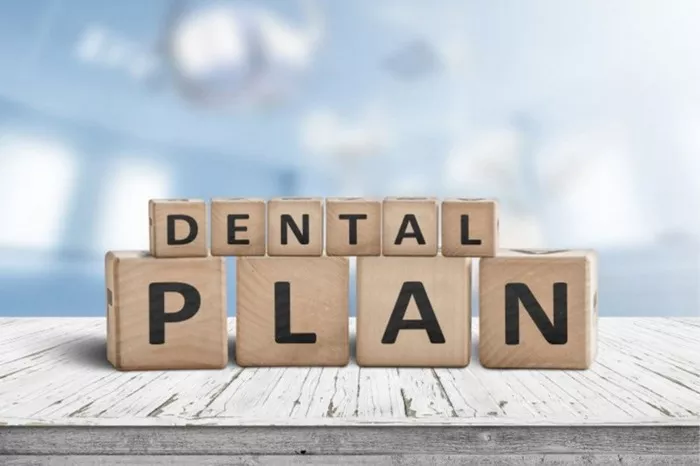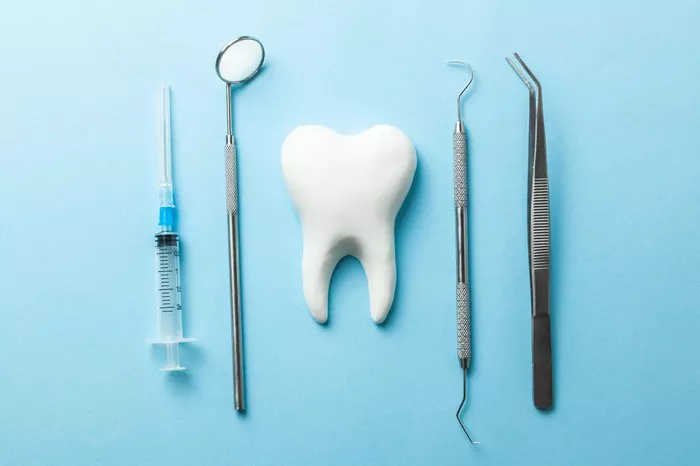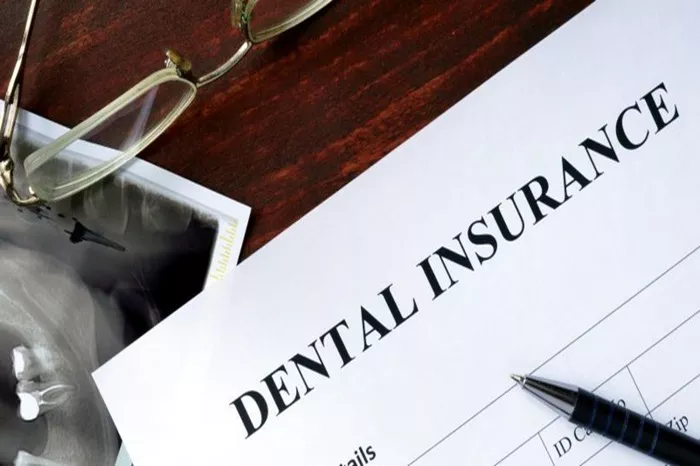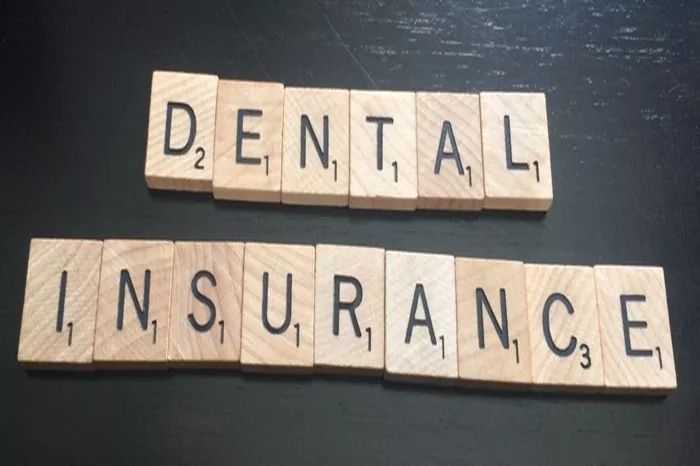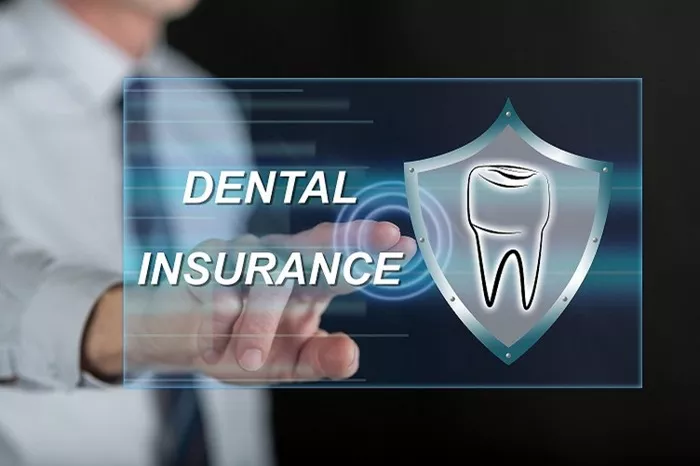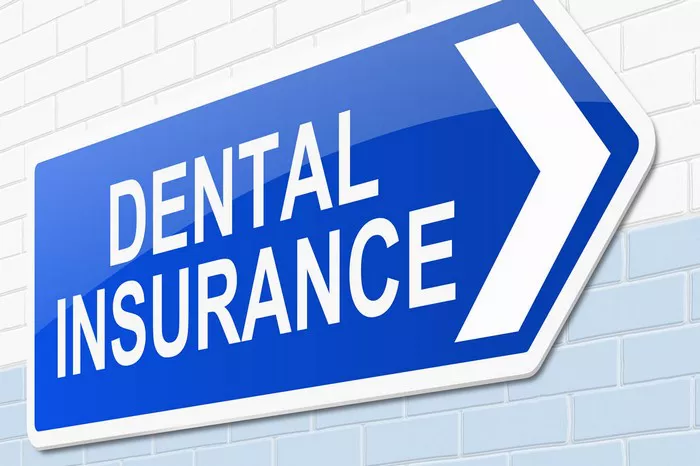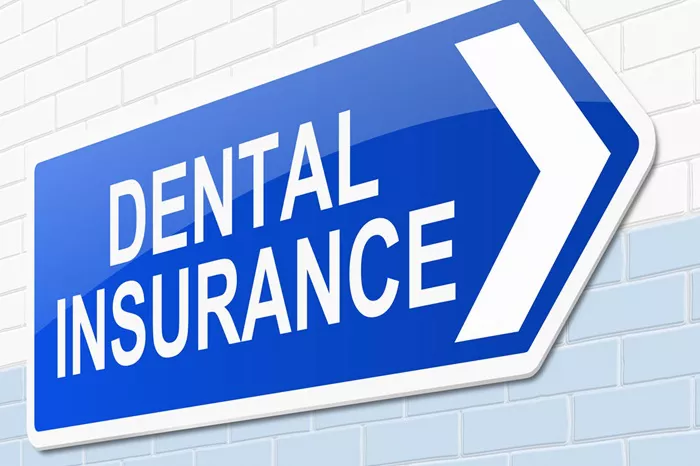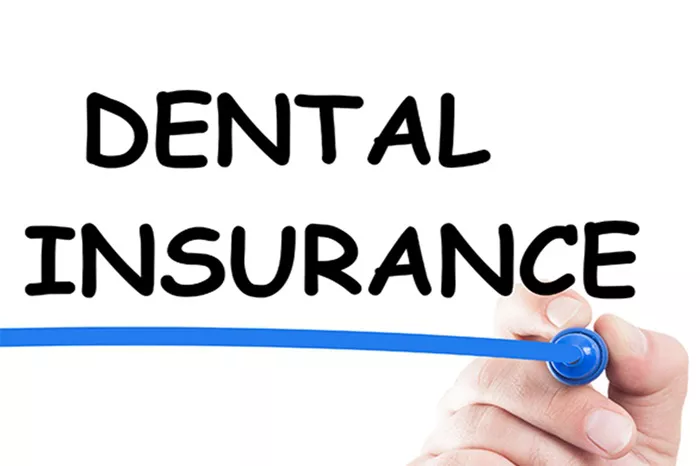In the complex landscape of dental insurance, understanding the various types of plans available is crucial for making informed decisions about your oral health coverage. One such type of plan is the Exclusive Provider Organization (EPO) plan. This article will delve into the specifics of what EPO means for dental insurance, exploring its features, benefits, limitations, and how it compares to other types of dental plans. By the end of this article, you will have a comprehensive understanding of EPO dental insurance and be better equipped to choose the right plan for your needs.
What is an EPO Dental Plan?
An Exclusive Provider Organization (EPO) dental plan is a type of managed care plan that requires members to use a network of preferred dentists and specialists. Unlike Preferred Provider Organization (PPO) plans, which offer some coverage for out-of-network care, EPO plans do not cover any out-of-network services except in emergencies. This structure allows EPO plans to offer lower premiums and out-of-pocket costs, but it also means that members must carefully choose their healthcare providers within the plan’s network.
Key Features of EPO Dental Insurance
Network Restrictions
One of the primary characteristics of EPO dental plans is their strict network restrictions. Members must use dentists and specialists within the plan’s network to receive coverage. This means that if you visit a dentist outside the network for a routine check-up or procedure, you will be responsible for the full cost of the service.
No Referrals Required
Unlike some other managed care plans, EPO dental plans typically do not require referrals to see specialists. This can make accessing specialized dental care more straightforward and less time-consuming. If you need to see an orthodontist or oral surgeon, you can usually make an appointment directly without needing a referral from your primary dentist.
Lower Premiums and Out-of-Pocket Costs
Because EPO plans limit coverage to a network of preferred providers, they often have lower premiums and out-of-pocket costs compared to PPO plans. This can make EPO plans an attractive option for individuals and families looking to save money on dental insurance without sacrificing the quality of care.
Benefits of EPO Dental Insurance
Cost Savings
One of the most significant advantages of EPO dental plans is the potential for cost savings. By restricting coverage to a network of providers, EPO plans can negotiate lower rates for services, which translates to lower premiums and out-of-pocket costs for members. If you are willing to stay within the network, you can enjoy substantial savings on dental care.
Simplified Access to Specialists
EPO plans streamline the process of accessing specialized dental care by eliminating the need for referrals. This can be particularly beneficial for individuals who require ongoing treatment from specialists, such as orthodontists or periodontists. The ability to directly schedule appointments with specialists can save time and reduce the hassle of managing your dental care.
Predictable Costs
With EPO dental plans, you can enjoy more predictable costs for your dental care. Since the plan covers only in-network providers, you have a clearer understanding of what your out-of-pocket expenses will be for various services. This predictability can make it easier to budget for dental care and avoid unexpected costs.
Limitations of EPO Dental Insurance
Limited Provider Choice
The most notable limitation of EPO dental plans is the restricted choice of providers. If you have a preferred dentist who is not in the plan’s network, you will need to switch to a new provider to receive coverage. This can be inconvenient and may not be acceptable for individuals who have established relationships with their current dentists.
No Out-of-Network Coverage
EPO plans do not provide coverage for out-of-network care except in emergencies. This means that if you require dental care while traveling or if your preferred dentist leaves the network, you will be responsible for the full cost of any services received outside the network. This lack of flexibility can be a significant drawback for some individuals.
Potential for Network Changes
Dental plan networks can change over time, with providers joining or leaving the network. This can affect your ability to see your preferred dentist or specialist. If a provider you rely on leaves the network, you may need to find a new provider to continue receiving coverage, which can be disruptive to your dental care routine.
How EPO Dental Plans Compare to Other Dental Plans
EPO vs. PPO
Preferred Provider Organization (PPO) plans are another common type of dental insurance. Unlike EPO plans, PPO plans offer some coverage for out-of-network care, though at a higher cost. PPO plans typically have higher premiums than EPO plans, but they provide more flexibility in choosing providers. If you value the ability to see out-of-network dentists or if you frequently travel, a PPO plan may be a better fit for you.
See Also: Best Private Dental Insurance
EPO vs. HMO
Health Maintenance Organization (HMO) dental plans are similar to EPO plans in that they require members to use a network of providers. However, HMO plans often require referrals to see specialists, which can add an extra step to accessing care. HMO plans generally have lower premiums and out-of-pocket costs than EPO plans, but the referral requirement can be a drawback for some individuals. If you prefer a plan with no referral requirement and are comfortable with a slightly higher cost, an EPO plan may be a better option.
EPO vs. Indemnity Plans
Indemnity dental plans, also known as fee-for-service plans, offer the most flexibility in choosing providers. Members can see any dentist they wish, and the plan will reimburse a portion of the cost. However, indemnity plans typically have higher premiums and out-of-pocket costs than EPO plans. If you prioritize flexibility and are willing to pay more for it, an indemnity plan may be suitable. However, if cost savings are a priority, an EPO plan is likely a better choice.
Choosing the Right EPO Dental Plan
Assessing Your Needs
Before selecting an EPO dental plan, it is important to assess your dental care needs. Consider factors such as the frequency of dental visits, the types of dental services you require, and whether you need access to specialists. Understanding your needs will help you determine whether the network restrictions of an EPO plan are manageable and whether the cost savings are worth the trade-off in provider flexibility.
Researching the Network
When considering an EPO dental plan, thoroughly research the network of providers. Ensure that there are sufficient dentists and specialists within the network who are conveniently located and meet your needs. Check whether your current dentist is in the network, or if you would need to switch providers. Additionally, investigate the quality and reputation of the network providers to ensure you will receive high-quality care.
Comparing Costs
Compare the costs of the EPO plan, including premiums, copayments, and deductibles, with other types of dental plans. While EPO plans often offer lower premiums, it is important to consider the overall cost of care, including any out-of-pocket expenses for services. Evaluate whether the cost savings of an EPO plan outweigh the potential limitations in provider choice and out-of-network coverage.
Making the Most of Your EPO Dental Plan
Staying In-Network
To maximize the benefits of your EPO dental plan, always use in-network providers for your dental care. This will ensure that you receive the full coverage provided by the plan and avoid paying out-of-pocket for services. Familiarize yourself with the network and maintain a list of in-network dentists and specialists for easy reference.
Scheduling Regular Check-Ups
Regular dental check-ups are essential for maintaining good oral health and preventing more serious dental issues. With an EPO plan, it is especially important to stay on top of your dental care to avoid the need for out-of-network services. Schedule routine check-ups and cleanings with an in-network dentist to catch any potential problems early and keep your teeth and gums healthy.
Understanding Your Coverage
Take the time to thoroughly understand your EPO dental plan’s coverage details, including covered services, copayments, and any limitations or exclusions. Knowing what is covered and what is not can help you make informed decisions about your dental care and avoid unexpected costs. If you have any questions about your coverage, contact your insurance provider for clarification.
Conclusion
Exclusive Provider Organization (EPO) dental plans offer a unique combination of cost savings and simplicity, making them an attractive option for many individuals and families. By requiring members to use a network of preferred providers, EPO plans can offer lower premiums and out-of-pocket costs while still providing high-quality care. However, the strict network restrictions and lack of out-of-network coverage can be significant limitations for some people.
When considering an EPO dental plan, it is important to assess your dental care needs, research the network of providers, and compare costs with other types of dental plans. By understanding the features, benefits, and limitations of EPO dental insurance, you can make an informed decision that best meets your needs and ensures you receive the dental care you need at an affordable cost.
Whether you choose an EPO plan or another type of dental insurance, maintaining regular dental check-ups and understanding your coverage details are key to maximizing the benefits of your plan and maintaining good oral health.

